Art Process: Making of Hess House
The other day I was dabbling in artificial intelligence, as one does. The role of AI in art is growing rapidly. It's one I started playing with a few years ago, at first dismissing it as 'lazy art' but over time I've come to find that it's a useful tool. It's not that I can simply plug in the specifications and let the computing power do it for me - although those programs do exist. No, it's that it gives me the ability to create something really interesting from elements you might not expect at first.
This piece isn't really titled, but the house is a real one, located near Hess, OK.
I started with the raw photo I'd taken of the house and outbuildings. I shot this through the windshield of my car, wanting to capture the abandoned home with the wind-ragged roof and empty windows, a symbol of the changing way of life and loss of family farms.
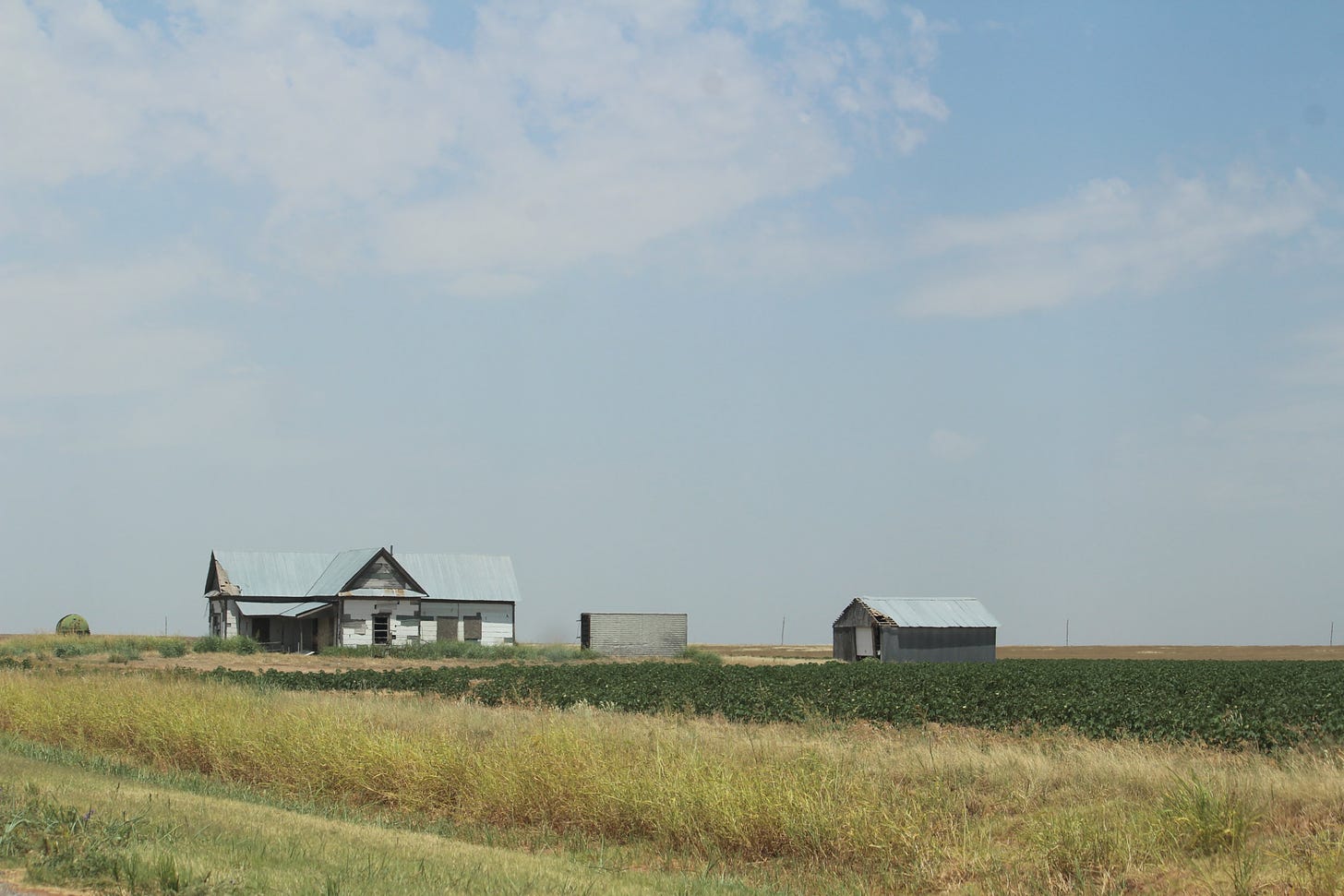
Once I was home and working through edits on the photos I'd taken that day, while we'd explored the backroads of southwestern OK very near the Red River, I ran the photo through the Nik filters. I love to play with the Analog Efex Pro variations, making the photo look like something shot onto film. It seemed to suit this look backwards in time.
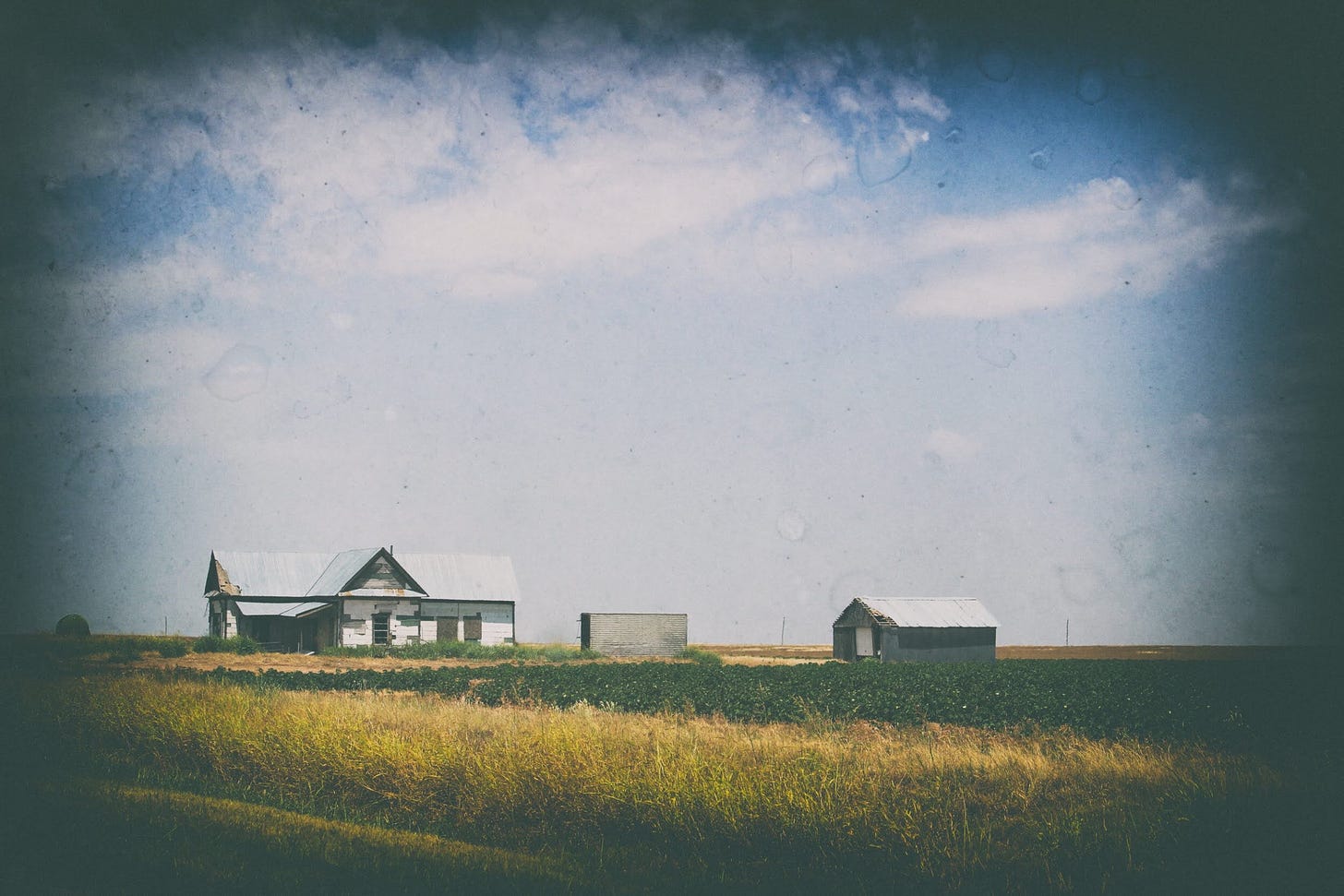
I like this image, and used it here on the blog while talking about our adventure. On a whim, I'd uploaded my edited images to the cloud. I don't usually do this, as I have a backup drive on my desk, and the camera memory cards are kept carefully as well for added backups. However, I was already thinking that I wasn't going to draw that day, for my daily art.
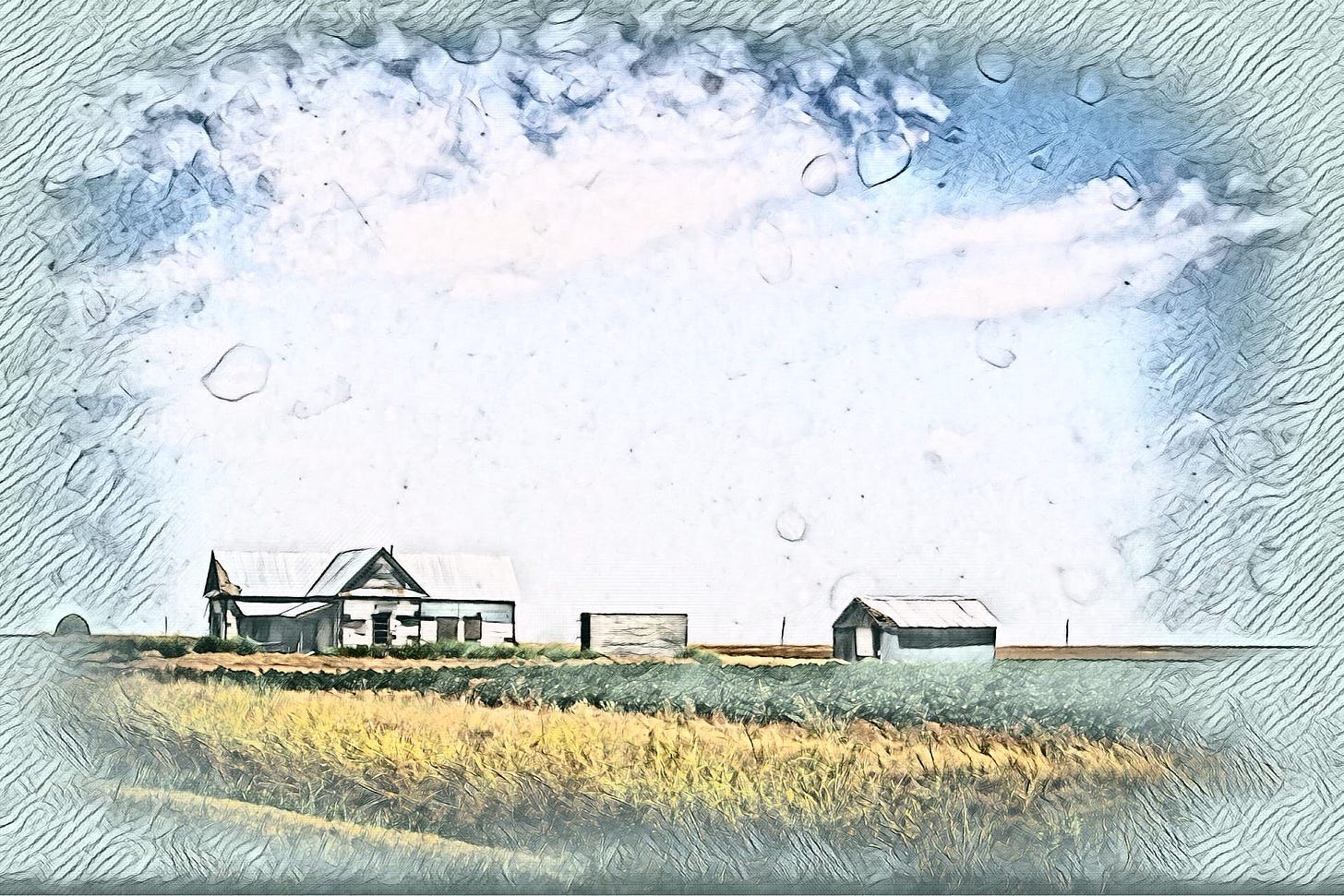
Instead, I ran the once-edited photo through Deep ArtEffects, an application I use on my phone or iPad for this sort of thing. I deliberately blew out the light. I wanted this to be very bright, overexposed, in order to do the next layers without making it too dark.
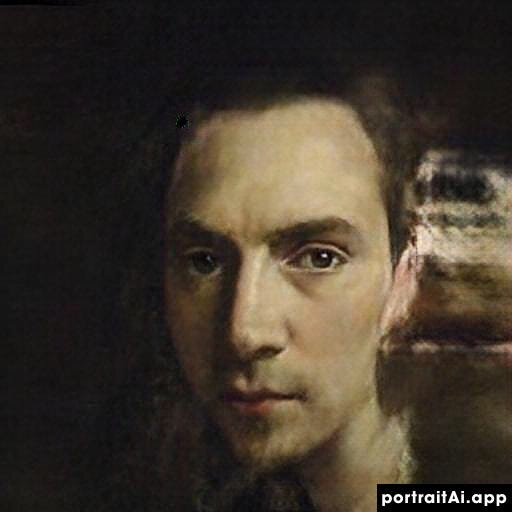
Here's where the AI comes in. This app is one I've talked about before, when I did my series of self-portraits with insects and botanicals. And, yes, that is my face there. See, I knew this app works by using the AI to reconstruct the 'selfie' image using mapped public domain oil paintings. And I've noted in the past that shadows read as values to the AI, which can lead to, well, a bearded lady effect. Funny, but usually not desirable. I took the self-portrait for this image lying down, glasses off, in a nearly-dark room and the resulting face the AI built is really not mine any longer. Which is exactly what I wanted. This became a stranger's face, of a person that never existed, through the way the AI works. Plus, that's the epitome of lazy art, doing all of this while lying down in your bed. Take that, impressionist painters lounging around the bars... LOL
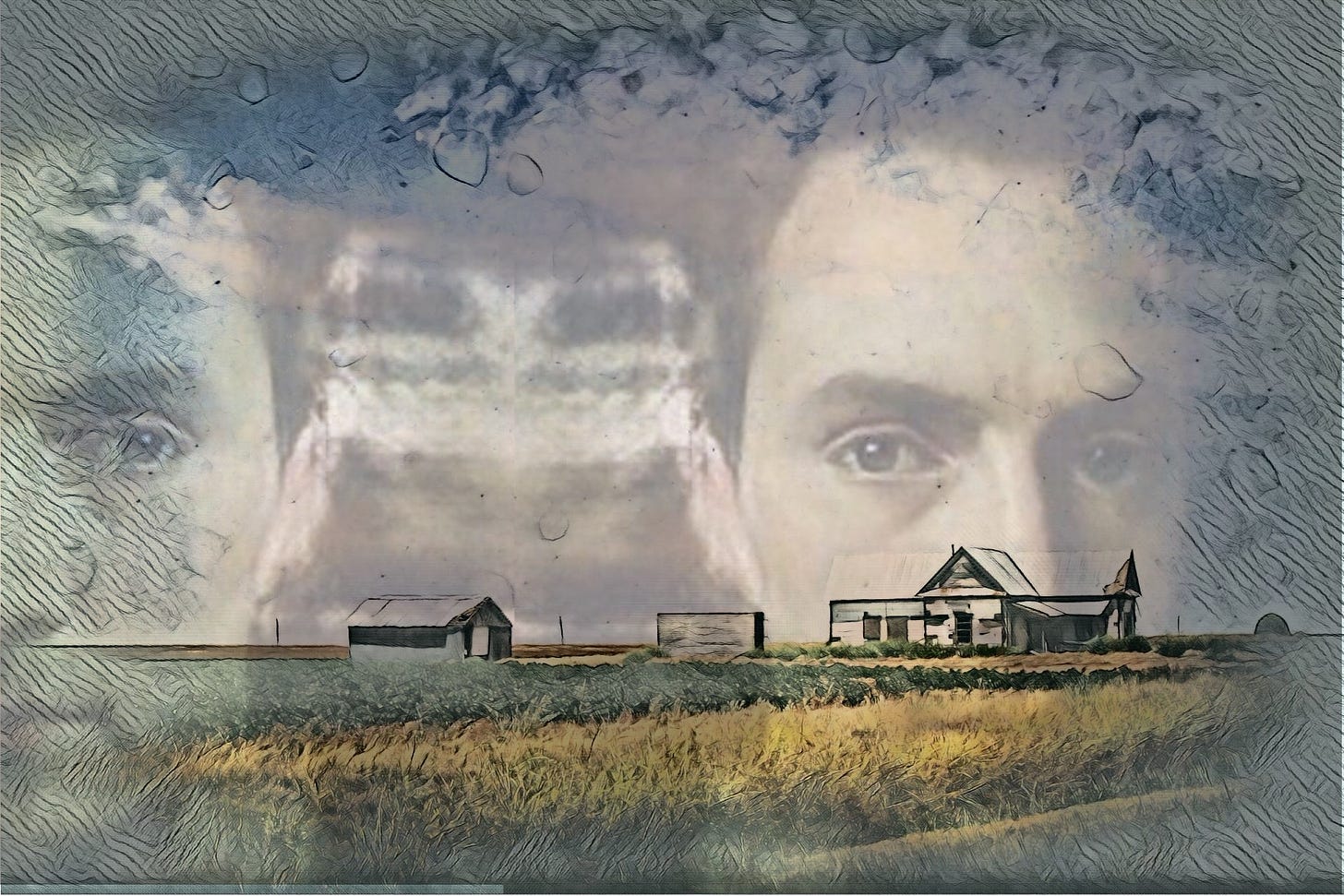
The final result is, then, worked up in Pocket Procreate, using multiple layers with different settings. I duplicated the AI-rendered face, and flipped it, to make the impression of two faces, related but not the same. The artifact streaking the side of the portrait made for an interesting effect, as well, despite being something I didn't have any control over. The merged faces later is set to multiply over the lightened house layer, and then the whole thing flipped again. I've added in a very short process video, but it's really too quick to show you what all was done at this stage.
[embed]https://www.youtube.com/watch?v=n8NWmaM1cMQ[/embed]
The end result is a strange piece, but I'm happy with it, if for no other reason that it stretched my creativity to make this happen out of some truly odd elements. That, and it's an evocative image in the end, which suits the storyteller in me.




